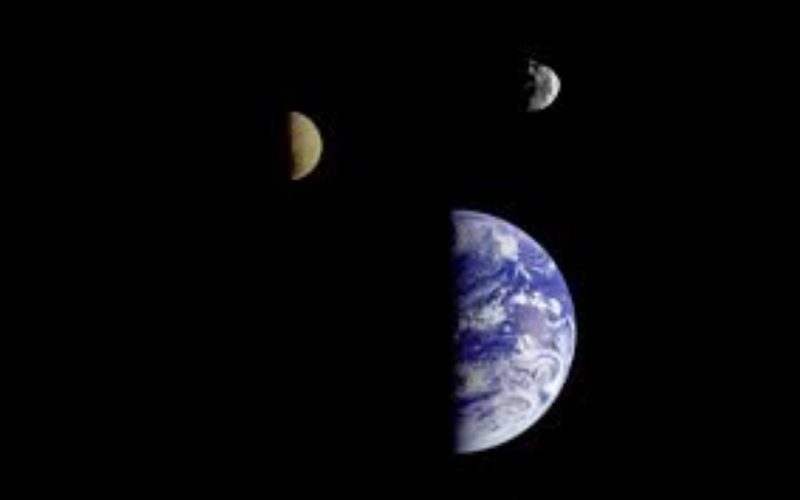In a remarkable astronomical discovery, scientists have identified a new asteroid, designated 2023 FW13, which has been classified as a “quasi-moon” or “quasi-satellite” of Earth. This small celestial body orbits the Sun in sync with our planet, creating the illusion that it is a second moon. The asteroid was first detected on March 28, 2023, by the Pan-STARRS survey telescope located on Haleakalā, a dormant volcano in Hawaii.
Following its initial observation, its existence was confirmed by other telescopes, including the Canada-France-Hawaii Telescope and observatories in Arizona, leading to its official listing by the Minor Planet Center on April 1, 2023.
Characteristics of 2023 FW13
Asteroid 2023 FW13 is estimated to measure approximately 50 feet (15 meters) in diameter, making it significantly smaller than Earth’s primary moon. It maintains an average distance of about 9 million miles (14 million kilometers) from Earth during its orbit around the Sun. For context, the Moon comes within approximately 226,000 miles (364,000 kilometers) of Earth at its closest approach.
The asteroid’s orbit is intricate; while it circles the Sun, it also loops around Earth due to gravitational influences. Notably, it follows a 1:1 resonance with our planet, meaning it takes the same amount of time to complete an orbit around the Sun as Earth does. This unique orbital dynamic allows 2023 FW13 to remain relatively close to Earth without posing any threat of collision.
Historical Context and Future Projections
Astronomers believe that 2023 FW13 has been accompanying Earth since at least 100 B.C. and is projected to continue its journey alongside our planet until around A.D. 3700. This longevity makes it potentially the most stable quasi-satellite known to date. Following its discovery, citizen astronomers combed through archival data and found observations of the asteroid dating back to 2012, further supporting its long-term presence in Earth’s vicinity.
Comparisons with Other Quasi-Moons
2023 FW13 is not alone in this category; another quasi-satellite known as Kamoʻoalewa (2016 HO3) was discovered in 2016 and shares similar orbital characteristics. Kamoʻoalewa is believed to be a fragment of the Moon itself, adding an intriguing layer to our understanding of these celestial bodies.
While both asteroids exhibit quasi-moon behavior, they differ in origin and composition; Kamoʻoalewa may have originated from lunar impacts, whereas the origins of 2023 FW13 remain less clear.
Scientific Significance
The discovery of 2023 FW13 enhances our understanding of near-Earth objects and their interactions with our planet. As astronomer Adrien Coffinet noted, this asteroid’s classification as a quasi-moon illustrates how such bodies can provide insights into cosmic dynamics without posing risks to Earth.
Alan Harris, a senior research scientist at the Space Science Institute, emphasized that while these quasi-moons are fascinating, they do not exert significant gravitational influence on Earth and are unlikely to result in unexpected collisions.
In conclusion, the identification of asteroid 2023 FW13 as a quasi-moon enriches our knowledge of Earth’s cosmic neighborhood and highlights the dynamic nature of celestial bodies that share our orbital path. As observational technologies improve and more data becomes available, further discoveries of similar objects may reshape our understanding of the solar system’s complexities.





